Mga Bata (The Children): Population Level Examination of Filipino Infant and Child Mortality and Causes of Death Over and Since the Pandemic Years Raise Concerns for Infant and Pediatric Health.
Some 45,000 children, including 20,000 Filipino infants die annually. Infant mortality rates per million live births have increased by 35% between 2020 and 2023, and 25% since 2018.
[Note: This article corrects and further evaluates infant mortality data first presented last month, which I unpublished once my attention was drawn to a misinterpretation of PSA data affecting 1 data point1. With the corrections made - I have checked and rechecked all data and computations made, personally and using AI - findings are republished.]
The Philippines Statistics Authority provides population level data on vital statistics, births and deaths. They have included detailed breakdowns of infant mortality by cause and over time in their 2020 to 2023 annual reports. This article presents a detailed analysis of those reports to assess whether there are any concerning patterns apparent in the infant mortality and cause of death data.
Background - Overall Population Philippines Mortality and Birth rates
Births in the Philippines have been declining since 2012. Births fell sharply in 2020, the first year of the pandemic, at least in part due to under-registration of births, and then fell further in 2021. After a slight recovery in 2022 births again fell in 2023 giving a 13.5% drop in births between 2019 and 2023. 2024 data are still provisional (not presented here) but currently show another unprecedented drop in births in the range of an additional 15% over 2023 levels (here). If the data trending holds, PH will see a 1/3 loss of births by the end of 2024, compared to 2019.
Population mortality has been gradually increasing over time, which is expected with a growing and ageing population. 2020, the first year of the pandemic had a 1% reduction in deaths compared to 2019. In 2021, the first vaccine year2, Philippines had 43.2% excess deaths, in what is likely still underreported data3. There was a small recovery in 2022, but deaths remained well above pre-pandemic levels. Deaths rose in 2023 by 2.2% and will likely rise further in 2024.
Pediatric and Infant Mortality
In the Philippines some 40 - 50,000 children aged up to 19 die each year. In 2020, the first year of the pandemic, there was a 22.2% drop in pediatric mortality, much greater than the national drop in mortality of 1% from the prior year. Something was highly protective against pediatric deaths in 2020, and to a lesser extent in 2022 when the nation was under stay-at-home orders. While pediatric deaths appear lower in 2023 than 2019, this may be deceiving as the population of children in PH is already decreasing [I do not have data to project a by-year pediatric mortality rate per 1000 children to give a numerical comparison].
The top 6 leading published causes of pediatric deaths include:- 1. Certain conditions originating in the perinatal period (1-092)4, 2. External Causes (1-095), 3. Certain infectious and parasitic diseases (1-001) (1-072), 4. Diseases of the respiratory system, 5. Congenital malformations, deformations and chromosomal abnormalities (1-093), and 6. Diseases of the nervous system (1-058). Note that congenital and nervous system causes of death are each higher than all prior year data in 2023.
Infant Mortality
Philippines loses some 20,000 babies every year in their first year of life. Infant mortality dropped by 22.3% in 2020 the first year of the pandemic.
As births have been decreasing since 2012, it is also important to assess crude death rates per 1000 infants. In assessing this data, for reference, please note that crude infant mortality are in the range of 1.6 in Hong Kong, 1.7 in Japan, 3.1 in Australia, 5.4 in the US, and 7.3 in Malaysia (Source: Grok5).
Crude Filipino infant death rates, plotted as deaths / 1000 registered live births, showed dropping mortality between 2000 and 2015, no doubt due to promotion of breast feeding, improved maternal and pediatric nutrition and hygiene, and other health and wellness measures. From 2015 to 2019 deaths fluctuated with an overall slight rise. Infant mortality plummeted by 15% in 2020 under lockdowns, but then quickly rebounded to the worst levels since 2001 by 2023; a rise of 35% between 2020 and 2023, and of 15% since 2019. Filipino infant mortality has taken a catastrophic turn for the worse starting in 2021! Filipino infants die at twice the rate Malaysian infants do.
In 2020, the population was under harsh lockdowns with stay-at-home orders in place (disclaimer: impacts of under registration of both births and deaths in 2020 may have played a role). What was protective against infant deaths in 2020? What changed dramatically in 2021 and has accelerated thereafter?
Infant mortality over time in the first year of life
PSA has provided a detailed breakdown of infant first year of life mortality by both period and by cause of death in their 2020 to 2023 annual reports.
The raw data as published by PSA is plotted.
To time-standardize the data to show meaningful patterns, the data was adjusted so that each data point became the average deaths per day for the relevant period. Note that the period of 28 days to 1 month represents 28 days to the end of the second month of life, ie. a period of about 34 days. 11 months represents the period between the end of the 11 month and the infant reaching the end of the first year of life, i.e. 12 months’ worth of mortality data. All data is standardized per million births using 1,528,684 registered births in 20206, 1,364,739 registered births in 2021, 1,455,393 registered births in 2022, and 1,448,522 registered births in 2023.
Data here shows average daily deaths per million births for each period.
As expected, highest mortality occurs in the first days of life and drops off over the first year of life. Further breakdown of this figure with death counts are provided for reference to clearly show annual death patterns. These figures show that infant mortality has been increasing over time between 2020 and 2023. Ie. Infant health is declining resulting in higher death rates.
Only at 10 and 11 months are 2023 deaths lower than 2022 or prior year deaths. The largest increase in mortality in 2023 was for infants aged 28 days to 1 month (ie. in the second month of life). There was a 44.5% increase in deaths in the period between 2020 and 2023 comprising a 20% increase from 2020 to 2021, a 5.2% increase from 2021 to 2022, and a 14.5% increase between 2022 and 2023.
% increase in mortality between 2020, lowest mortality year, and 2023, current highest mortality year, and interim years are set out in the next figure. The biggest increase in infant mortality happened in the second year of the pandemic, between 2020 and 2021, when strict lockdowns were still in place7. The DOH pushed covid-19 vaccination for pregnant and breastfeeding women starting in August 2021. Most adults of childbearing age in the Philippines received Covid-19 vaccines. There was never Covid-19 vaccination of infants and children younger than 5 in the Philippines. There has been no official investigation on whether Covid-19 vaccines impacted infant and pediatric mortality.
There was some improvement (drop) in infant mortality in some periods in 2022, but overall, there was considerable worsening in 2023. The overall worst outcomes were in babies in the 9-month category (10th month of life) with a 74.6% increase in mortality per million births between 2020 and 2023.
Drops in mortality in certain months and rises in others beg the question of external causative factors. Why would babies die more frequently at certain ages than at others? A first dose of MMR vaccine is first given to Filipino infants starting at 9 months of age; does this have any link with the increased deaths in month 9 (infants’ 10th month of life which shows an 84.6% increase in deaths between 2020 and 2023). Any association between this signal of increased mortality in certain months and the Philippines pediatric vaccine schedule requires further study.
Under lockdown conditions in 2020 and 2021, many infants and children could not access medical care and particularly many could not access well-child visits / vaccination visits. The impact of vaccination or lack thereof on infant outcomes requires further study.
Philippines Pediatric Vaccination Schedule
The Philippines government mandates vaccines for all infants and additional vaccines for children. The Philippines National Pediatric Vaccination Program is based on 2 laws:
Republic Act 10152, Mandatory Infants and Child Health Immunization Act of 2011, provides for free mandatory basic immunization for infants and children up to 5 years of age covering 10 vaccine-preventable diseases; Tuberculosis, Diphtheria, Tetanus, Pertussis, Polio, Measles, Mumps, Rubella, Hepatitis-B (within 24-hours of birth and not later than 7 days), H. Influenza type B (HIB), and any others the Secretary of Health may determine.
Republic Act 11148, Kalusugan at Nutrisyon ng Mag-nanay Act (maternal health & nutrition act) covers maternal and early childhood nutrition (first 1000 days) and health, the encouragement of breastfeeding. It also includes maternal pre-natal vaccination for tetanus and diphtheria, and other vaccines as appropriate (Section 8.a.3), neonatal vaccines (Section 8.d.4), early childhood vaccines (Section 8.f.5), and adolescent female vaccines (Section 9.b).
The Hepatitis B vaccine is typically given within minutes of birth. Tuberculosis is given before hospital discharge. Babies born at home are typically visited by a barangay health officer to administer the mandated vaccines soon after birth.
Pentavalent Vaccine (DPT, Hib, HebB), oral polio, and PCV are given at 6, 10, and 14 weeks.
Two doses of MMR are given, one each at 9 and 12 months.
Under pandemic lockdown conditions vaccines were missed. DOH pursued aggressive catchup vaccination of 0 vaccine children in 2022 and 2023. The DOH provides vaccines in collaboration with the WHO and most are provided by Serum Institute of India. Private doctors may provide other brands of vaccines.
I am informed that only DOH provided vaccines are used for Hepatitis B Vaccination in the Philippines with the product being an rDNA product (made using genetic modification).
Babies born from late 2021 and onwards have typically been born to mothers who received Covid-19 vaccines either prior to or during pregnancy. While Covid-19 vaccines were promoted as safe, effective, and necessary during pregnancy, actual impacts have not been studied in detail. Students and working aged people were the most heavily vaccinated population in the Philippines with the DOH exceeding their vaccination targets for this group.
Cause of Death for Filipino Infants
Infant mortality can be assessed relative to cause of death (COD). Philippines Statistics Authority (PSA) final annual death reports from 20188, and 2020 to 2023 provided infant annual COD. This data was also standardized to deaths per million using registered live births to allow proportionate comparison of changing COD.
The leading causes of death in infants, with % change between 2018 and 2023 provided, include Perinatal conditions (+6.1%), Congenital malformations (+50.8%), Diseases of the respiratory system (+29.2%), and Infectious and parasitic diseases (-6.2%). COD from these causes showed a drop in 2020, except for congenital conditions, which rose slightly.
Other COD with notable increases over these 5 years include Bacterial sepsis (+14.4%) and Respiratory distress of newborns (+59.4%); both subcategories of conditions originating in the perinatal period, Diseases of the nervous system (+14.6%), Sepsis (+6%); subcategory of infectious and parasitic disease, SIDs (+99.9%), and Other accidental threats to breathing (+47.9%)9.
Causes of Death, Patterns Over the First Year of Life
Data is available in the 2020 to 2023 Annual Deaths reports to allow an evaluation of infant cause of death mortality across the first year of life, initially by day, then by week, finally by month. Separate plots are prepared for each of the 10 COD conditions already introduced above, and over time.
Congenital conditions are a major cause of death among young infants. Highest rates of deaths occur on the first day of life. Deaths have jumped sharply between 2020 and 2023.
Conditions originating in the perinatal period show a similar pattern; highest deaths on the first day of life and falling off thereafter, but with rising rates from 2020 to 2023.
Bacterial sepsis of the newborn, a subcategory of perinatal conditions, spikes on the second day of life. Is there are problem with delivery of infants, or events surrounding their birth, such that some fail and die within days, with deaths peaking at 2 days?
Respiratory distress of newborns is another category of mortality under conditions originating in the perinatal period. Rates of this condition peak in the first 2 days of life (day 0 and day 1) and drop off thereafter. Deaths rose sharply between 2020 and 2023, particularly for the youngest infants.
SIDS spikes at 2 to 3 days of life then drops off gradually. Some babies die suddenly with no clear cause.
Other conditions show a different pattern. For these conditions as COD, deaths rise from 28 days of life. Why would a healthy baby suddenly develop a fatal condition at precisely that time?
Why do infants only start dying in considerable numbers from infectious disease only from 28 days of age? Wouldn’t younger babies be more vulnerable? Do mothers stop breastfeeding by this stage? Do babies suddenly interact with the community and get sick? Does something else cause their immune system to fail?
3-009 Sepsis is a major subcategory within 3-001, Certain Infectious and Parasitic Diseases. Sepsis (overwhelming infection) deaths spike when infants are 1-2 months of age (28 days - 1 month), drops considerably in the next month and then continue declines over the rest of the first year of life.
Diseases of the respiratory system have risen sharply between 2020 and 2023, particularly for the Day 28-1 Month period. There may be some overlap between this category and 3-042 Respiratory distress of newborns.
Deaths from diseases of the Nervous system are sporadic in the first 4 weeks of life but then kick in in earnest in the 28 days to 1 month period. There are clear spikes in 2021 and again in 2023 when infants are 6 months, 9 months and 12 months old. Why would some infants develop fatal neurological conditions from 28-days on?
Older, larger infants are also suddenly dying from being accidentally suffocated, with a parent or caregiver perhaps blamed for the death of their infant. The overall numbers are small, but the increase in this COD from 28 days is astounding.
Place of Birth and Birth Attendance
The majority of babies (> 90%) in the Philippines are born in a health care center, with numbers of births in these centers increasing in 2022 and 2023. 99.7% of births in 2023 were attended by either a health professional (95.2%), or a traditional birth attendant (4.5%). This gives only 0.3% of babies being born without trained support.
If babies are being birthed by professionals in appropriate sanitary and supported environments, why are so many babies still dying days, weeks and months after birth? Why are infant deaths increasing even as attendance in these centers increases.
The government has worked consistently to improve vaccine uptake at all life stages.
If the Philippines were to match the infant outcomes of even Malaysia, infant mortality would halve. What does Philippines do, or not do that might make this difference?
These are the deaths, the canaries in the coal mine. If so many babies are dying, how many others are being harmed by the same factors that killed others?
Answers are required of our health care system, for our babies and for their parents. The loss of an infant is a tragedy for their family and for society. Who will investigate?
I initially interpreted the period of 28 days to 1 month as a 3-day period, instead of the 34 day period which it actually is. With that correction deaths the death peaks at 28 days to 1 month are lower, but still notable as a change in pattern of mortality.
Covid-19 vaccine rollouts officially started in the Philippines on 1st March 2021, first targeting senior citizens, vulnerable adults, and health care workers. Front line workers were next in line before doses were offered to the general public. Rollout to pregnant women began in August 2021. Rollout to children aged 12 - 17 began in November 2021. Children aged 5-11 were offered Pfizer pediatric formula from February 2022. Covid-19 vaccination efforts in the Philippines ended at the end of 2023 when all stock vaccines had already expired.
PSA typically compiles late registration of vital statistics in any year until August of the following year. However, in 2022 PSA stopped compiling 2021 mortality data by March, meaning at least 5 months of late registrations were not included. These would have most affected accuracy of death and birth registrations from the 3rd to 4th quarters of 2021.
This is a general category covering fatal conditions arising in the first 28 days of life.
Grok derived IMR from sources like the UN Inter-agency Group for Child Mortality Estimation (UN IGME), WHO, World Bank, and regional studies up to 2023-2024.
Births in 2020 may have been under registered due to very harsh lockdowns across the Philippines. However, if births were higher than reported, and assuming deaths remained similar, the impacts on mortality reduction would be even more marked.
Harsh lockdowns and restrictions were in place in both 2020 and 2021. The biggest change came in March 2021 with the introduction of Covid-19 vaccines which were offered to the population up until the end of 2023.
2018 is the first year i could find with a breakdown of infant deaths by cause. 2019 mortality reports do not provide this data. 2020 to 2023 reports provide a detailed breakdown of infant mortality over the first year of life.
This is accidental suffocation of an infant, attributed to parent / caregiver, bedding etc. This category may overlap with SIDs.



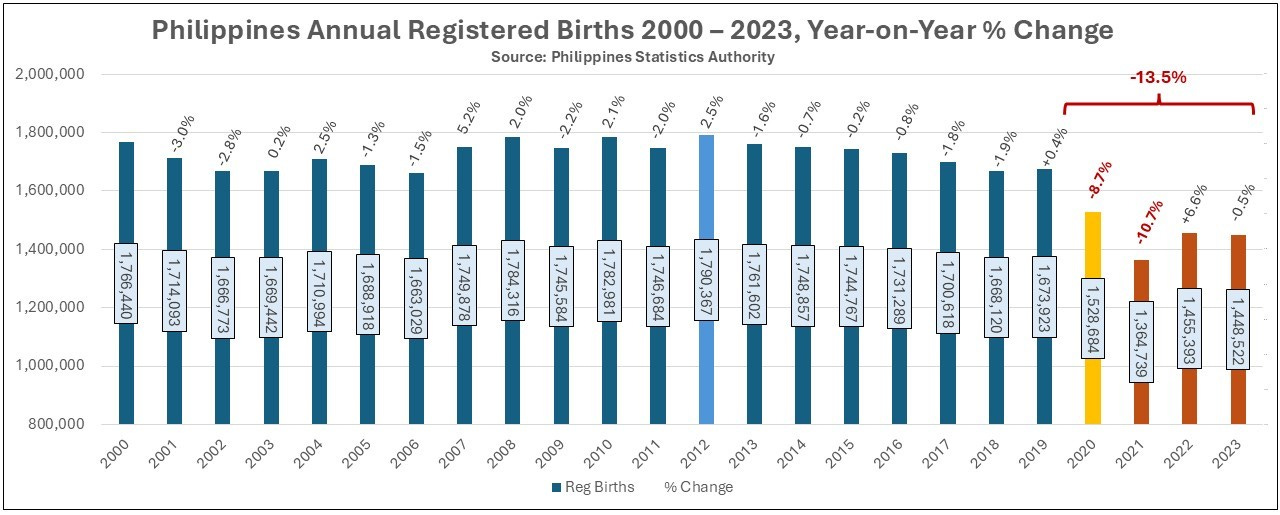
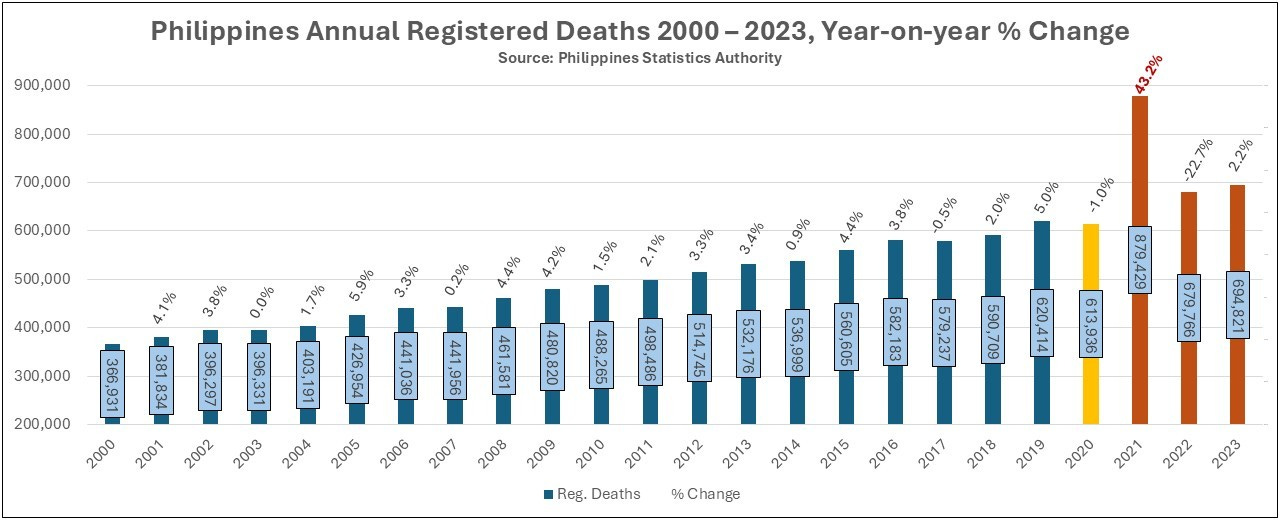
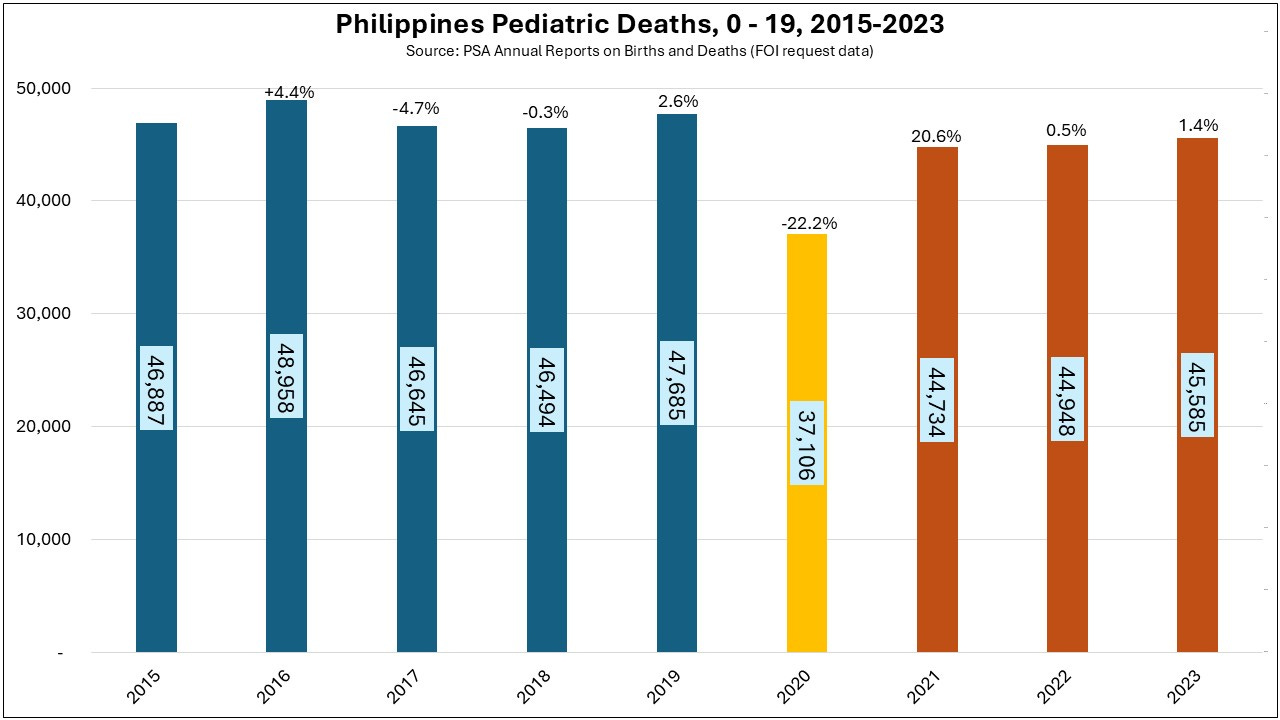

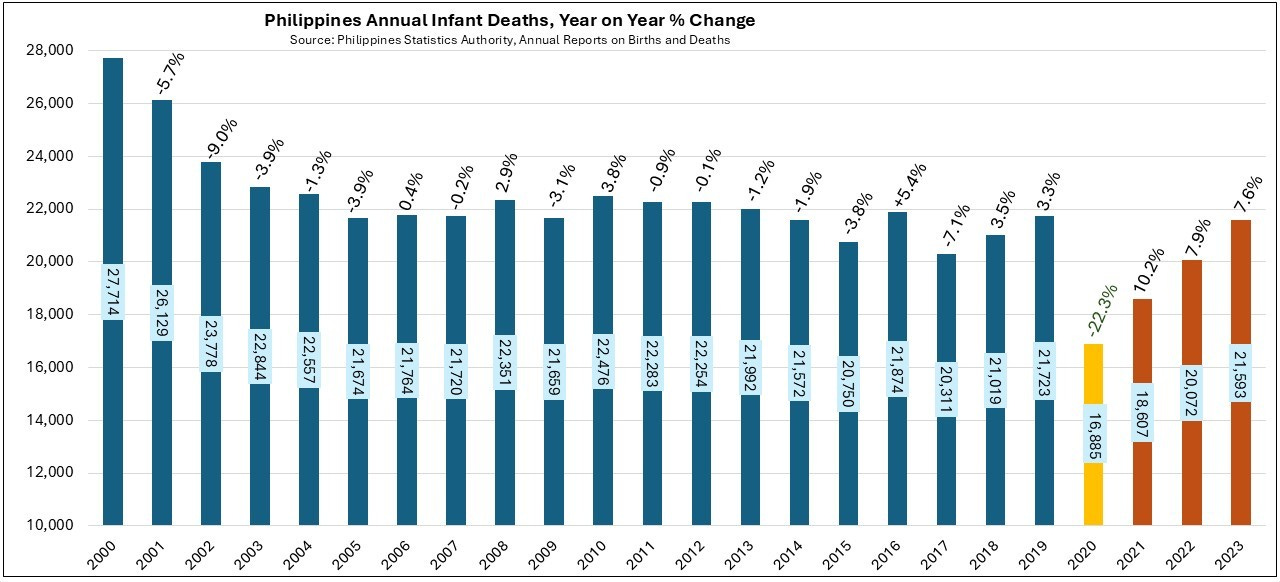
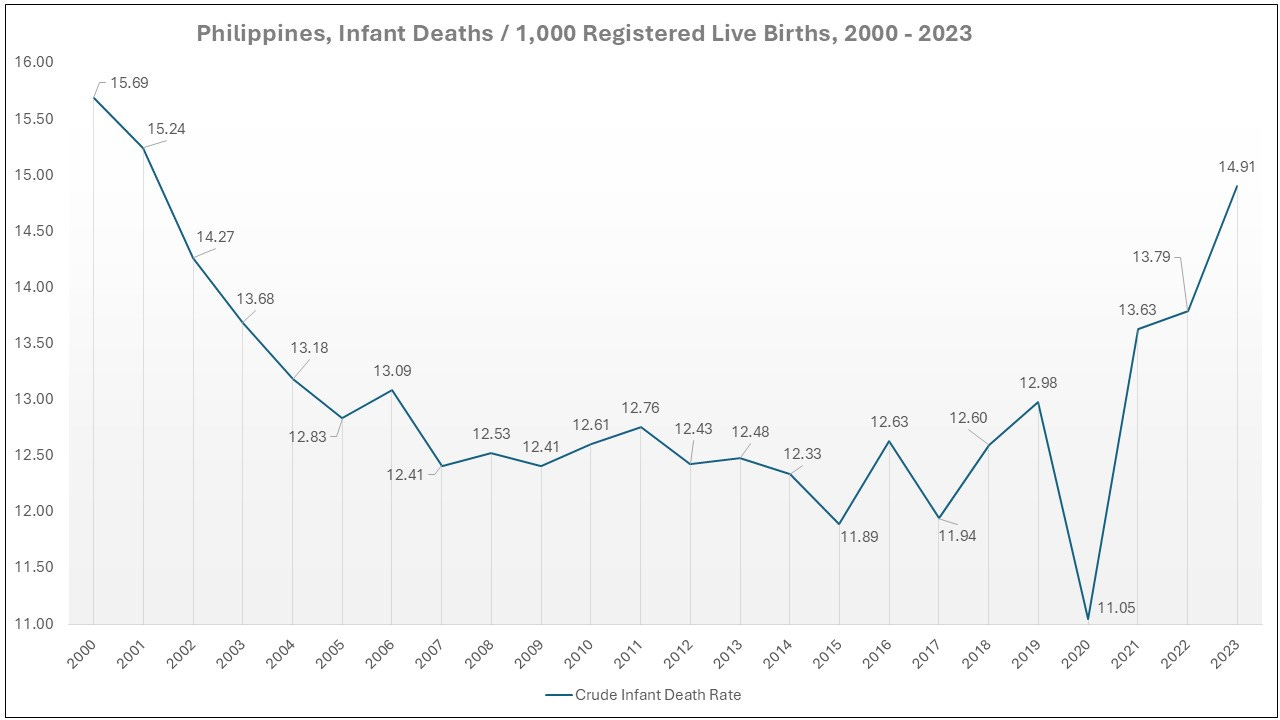
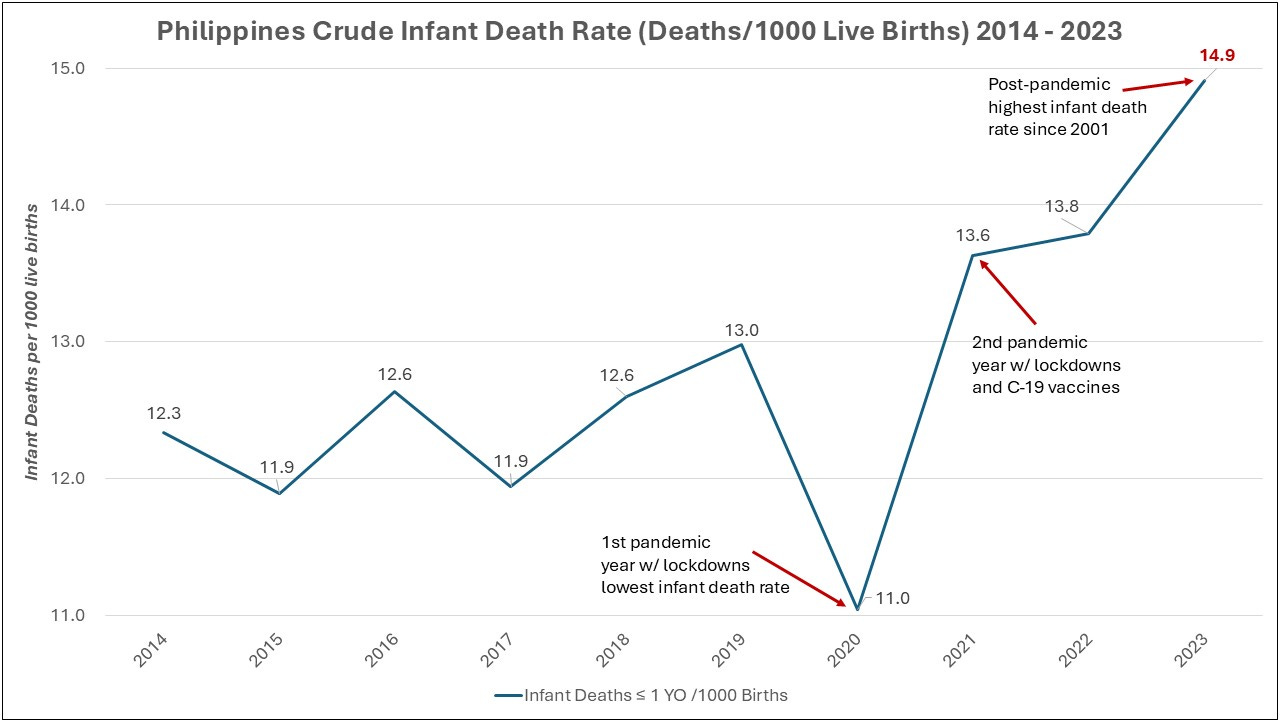
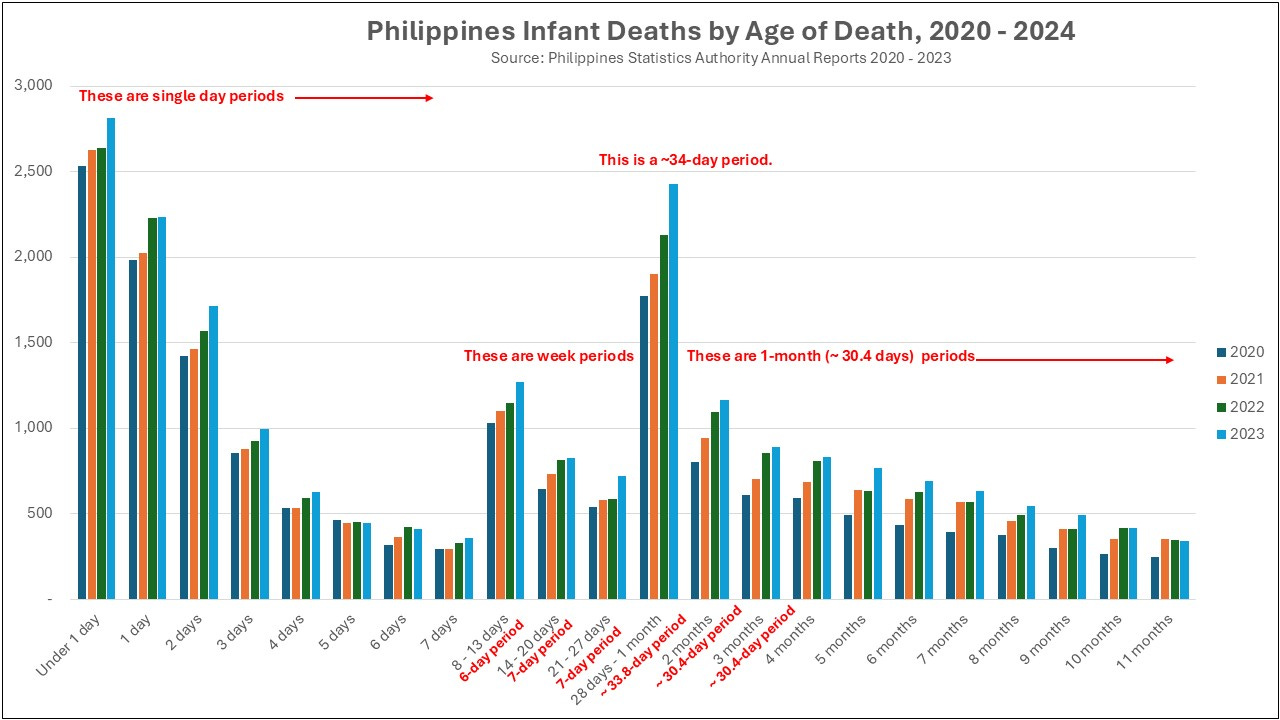

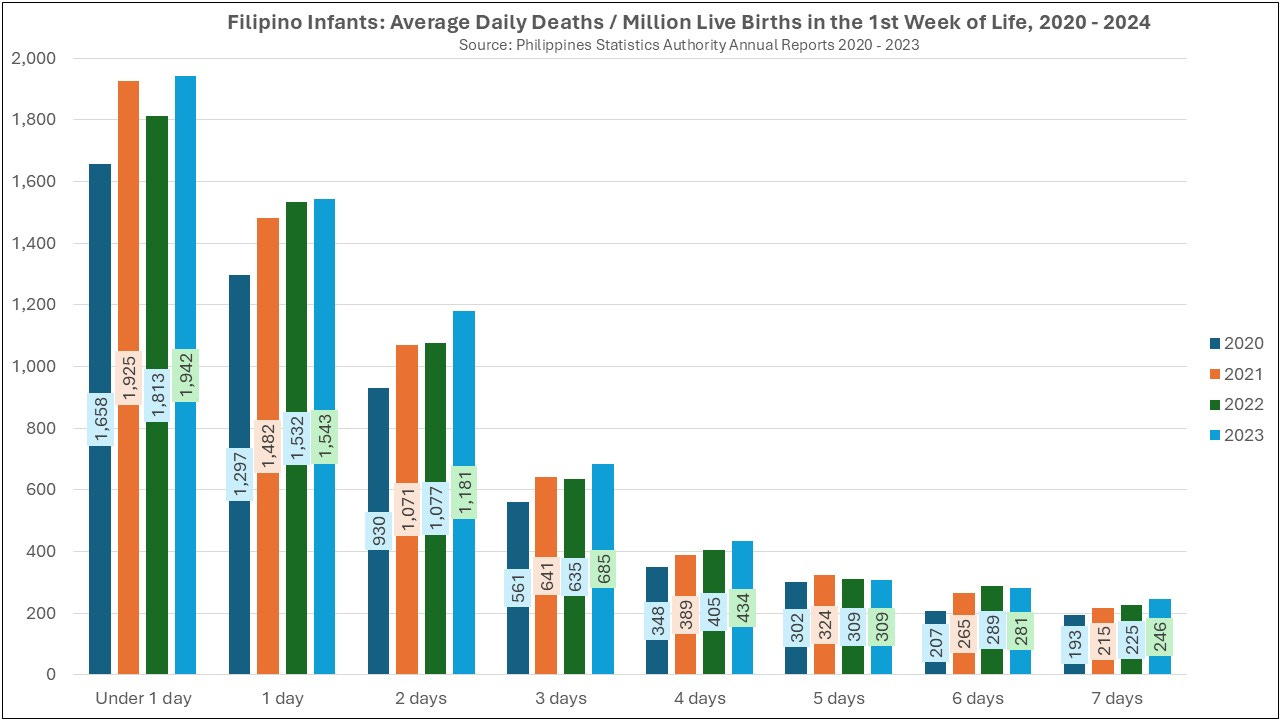
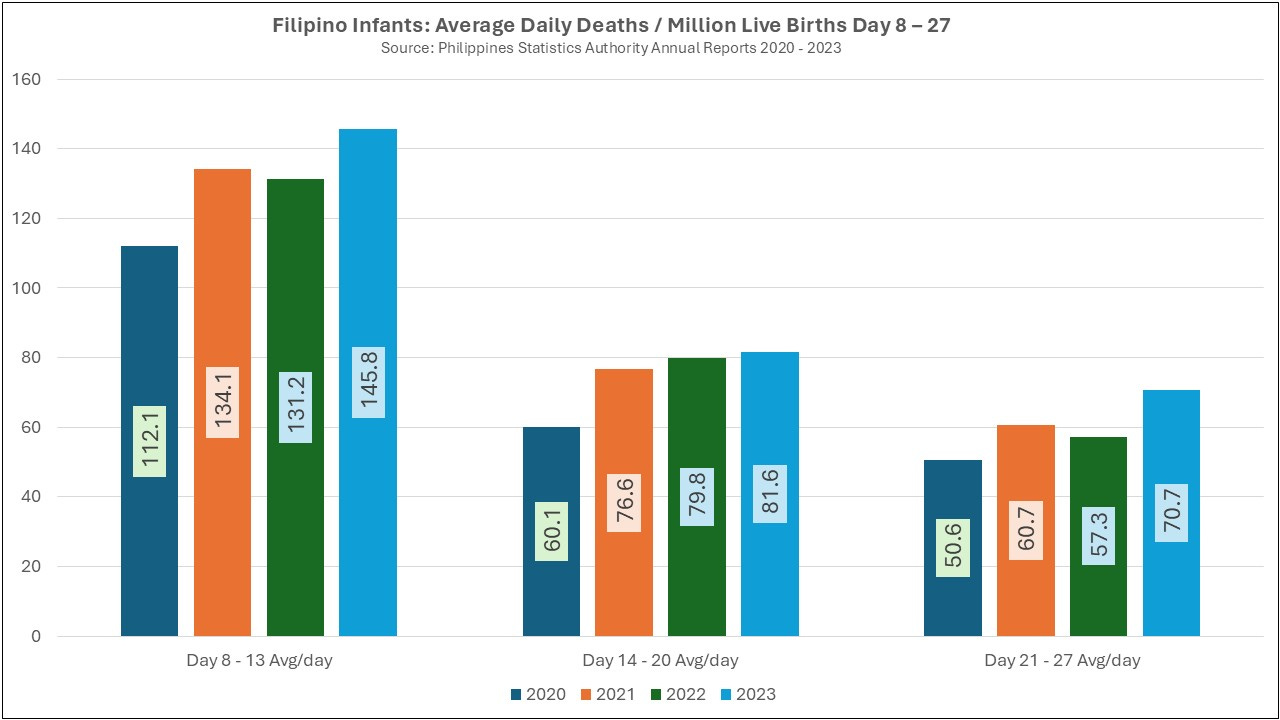
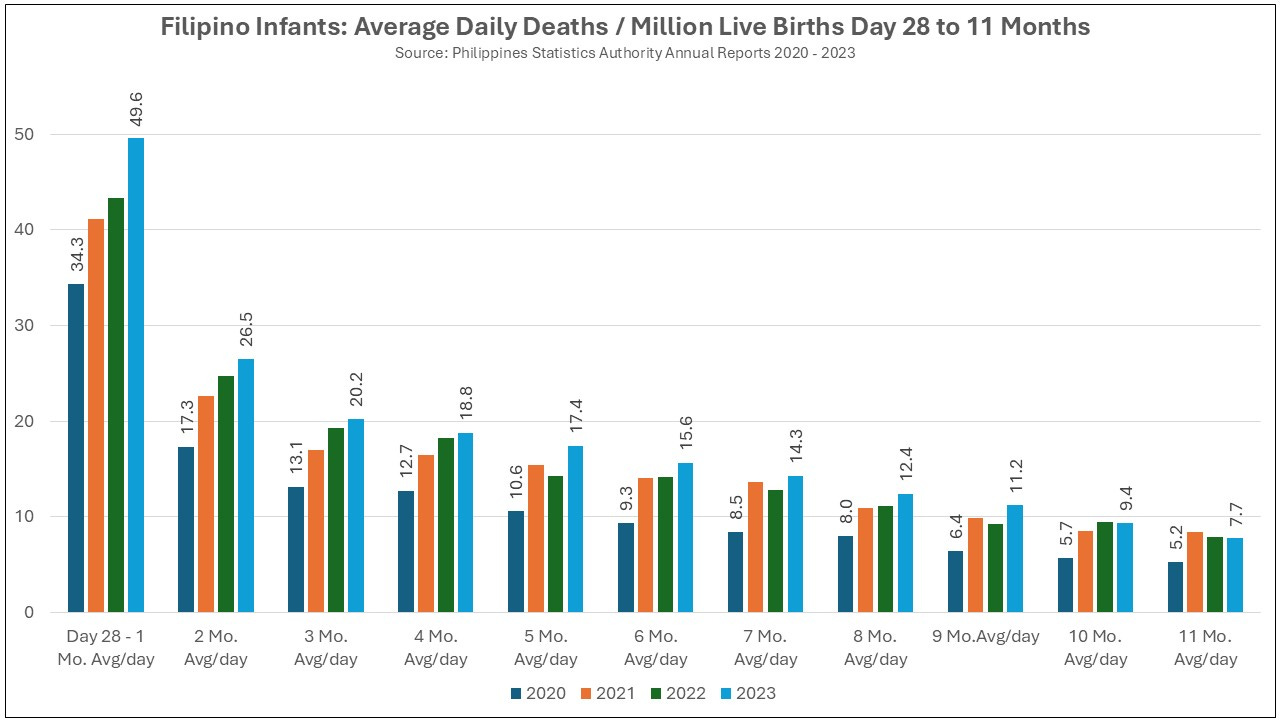
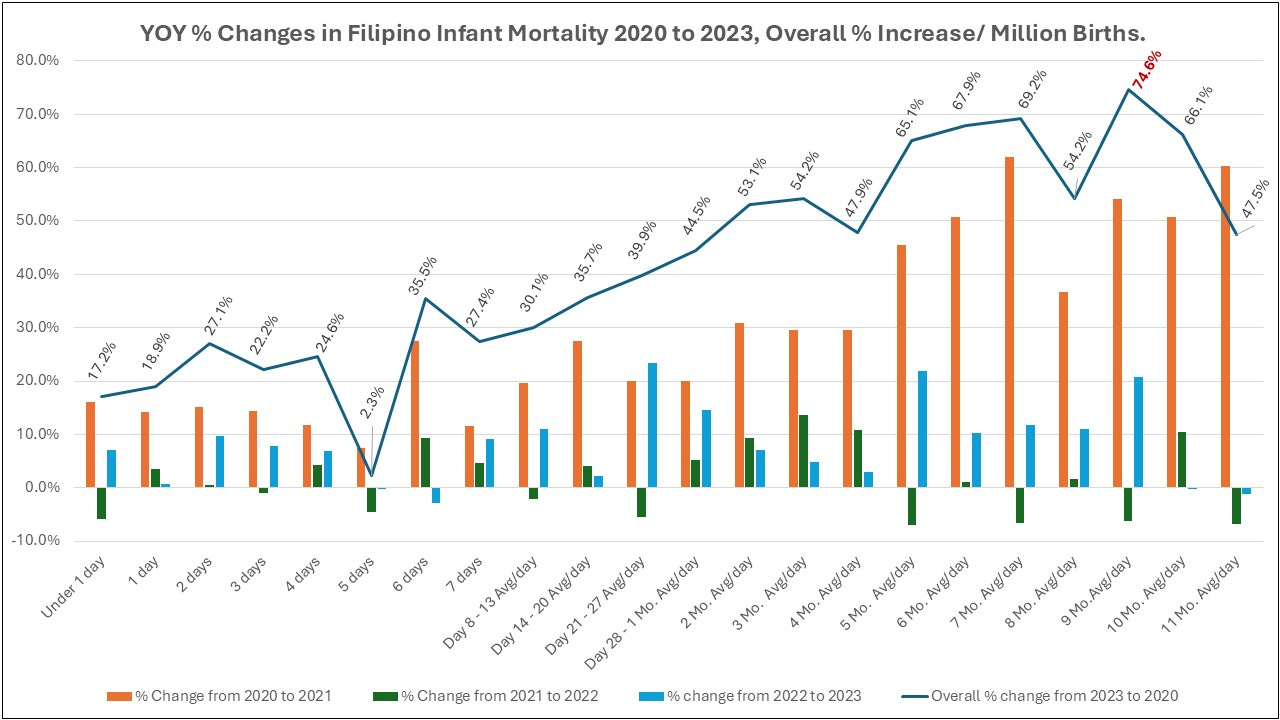
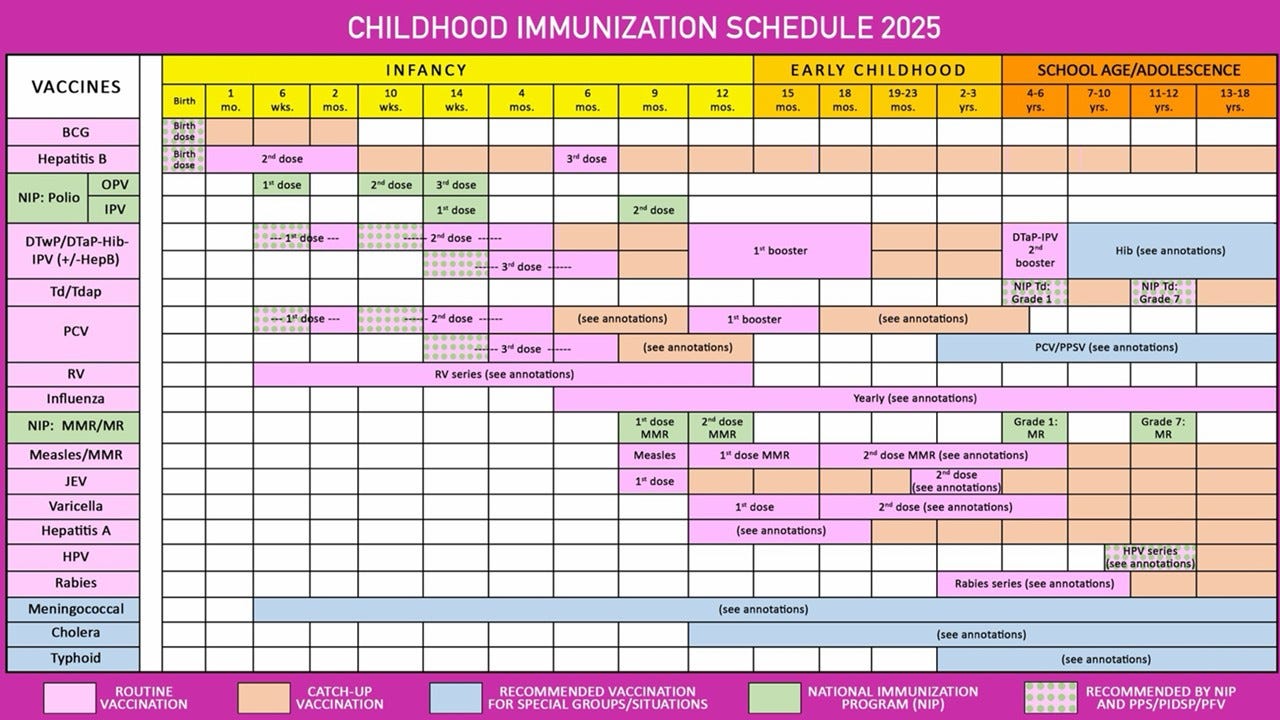
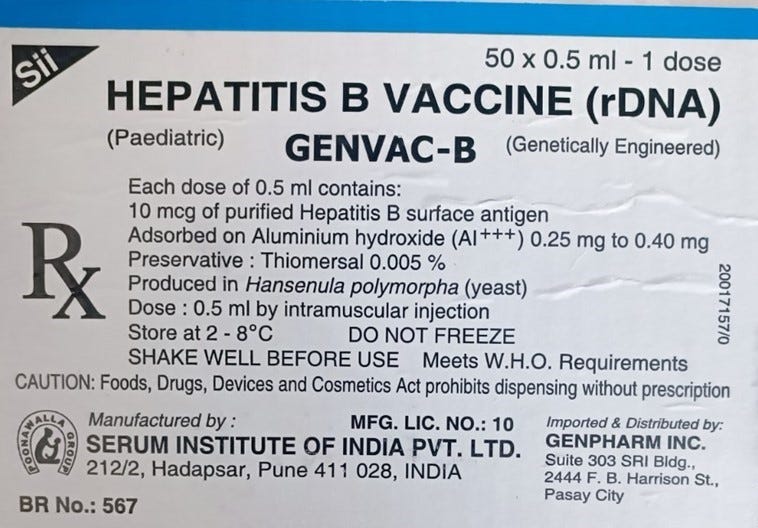
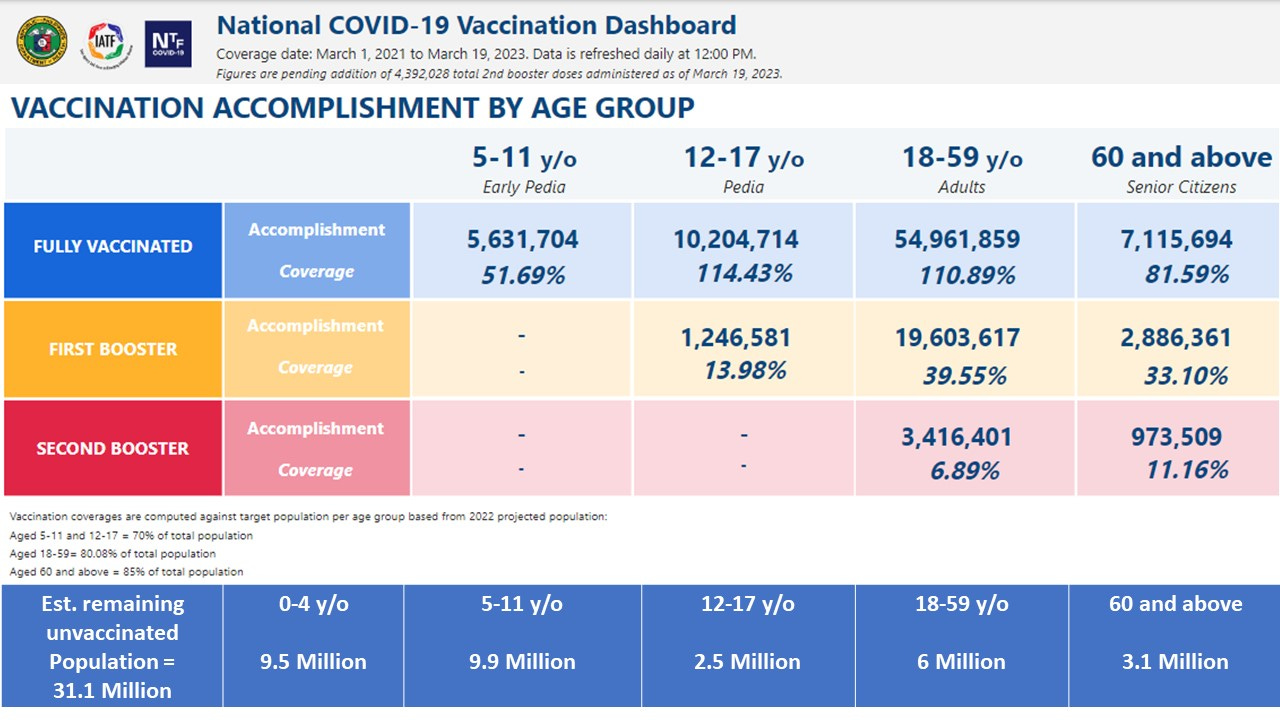
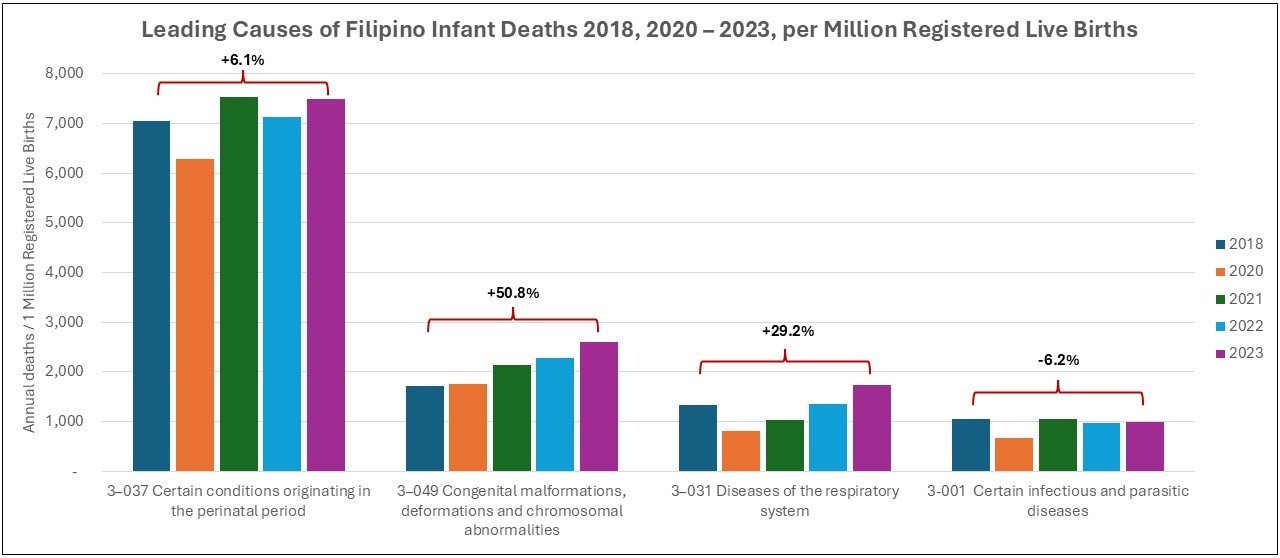


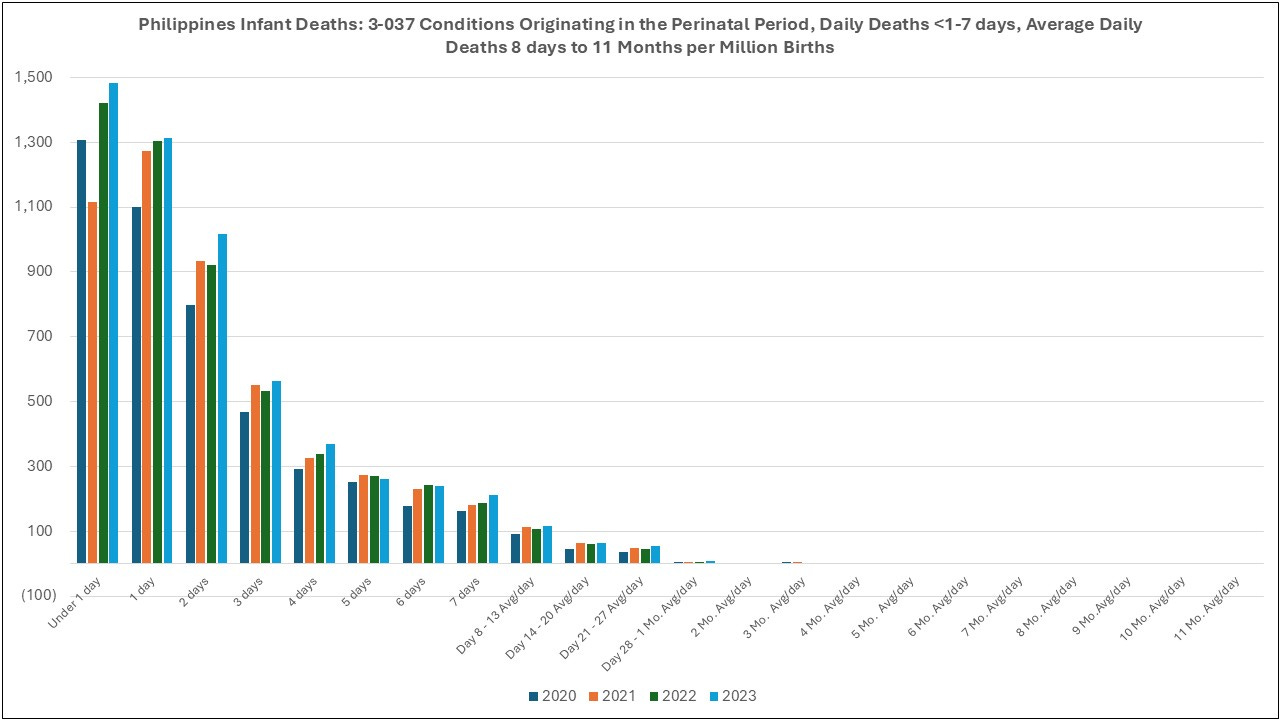
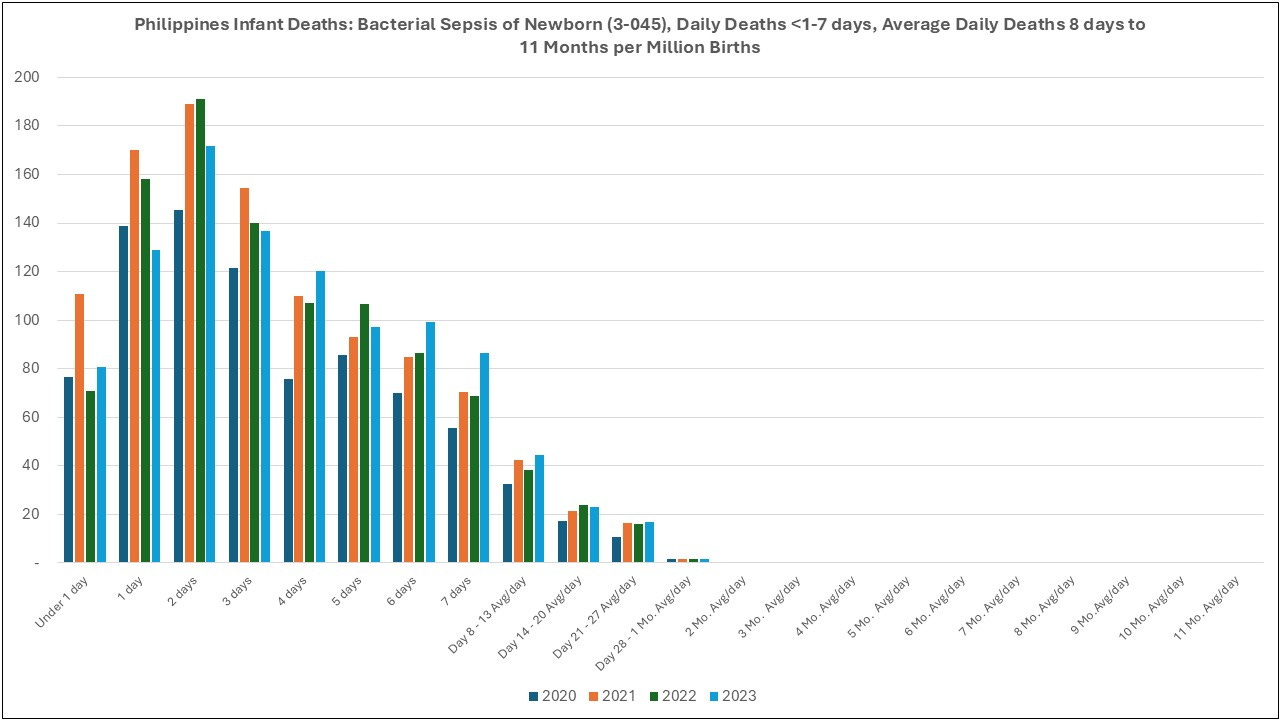
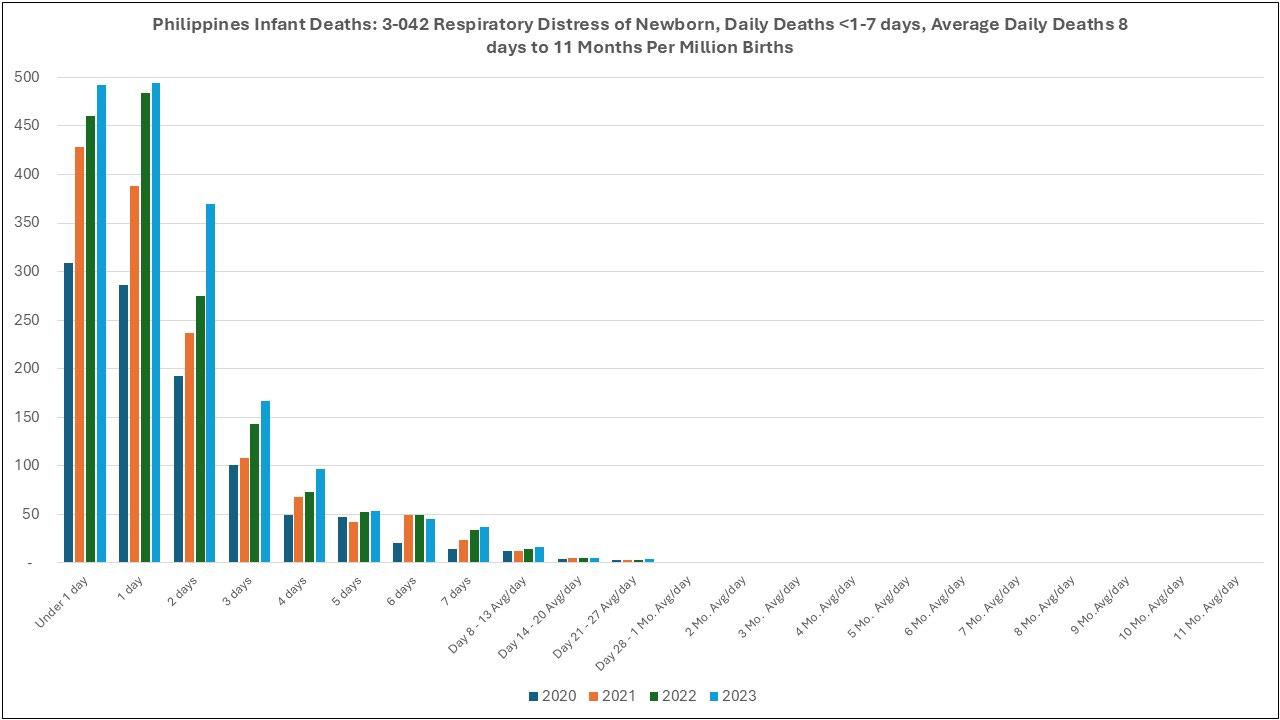

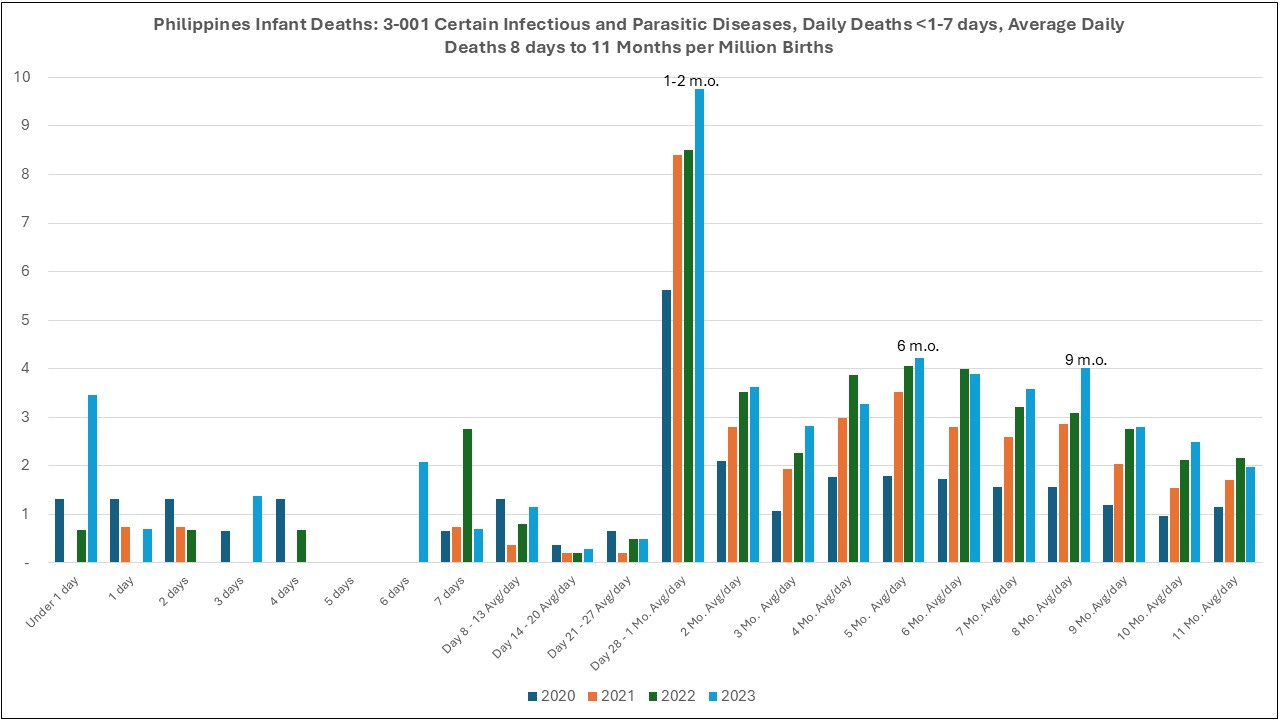


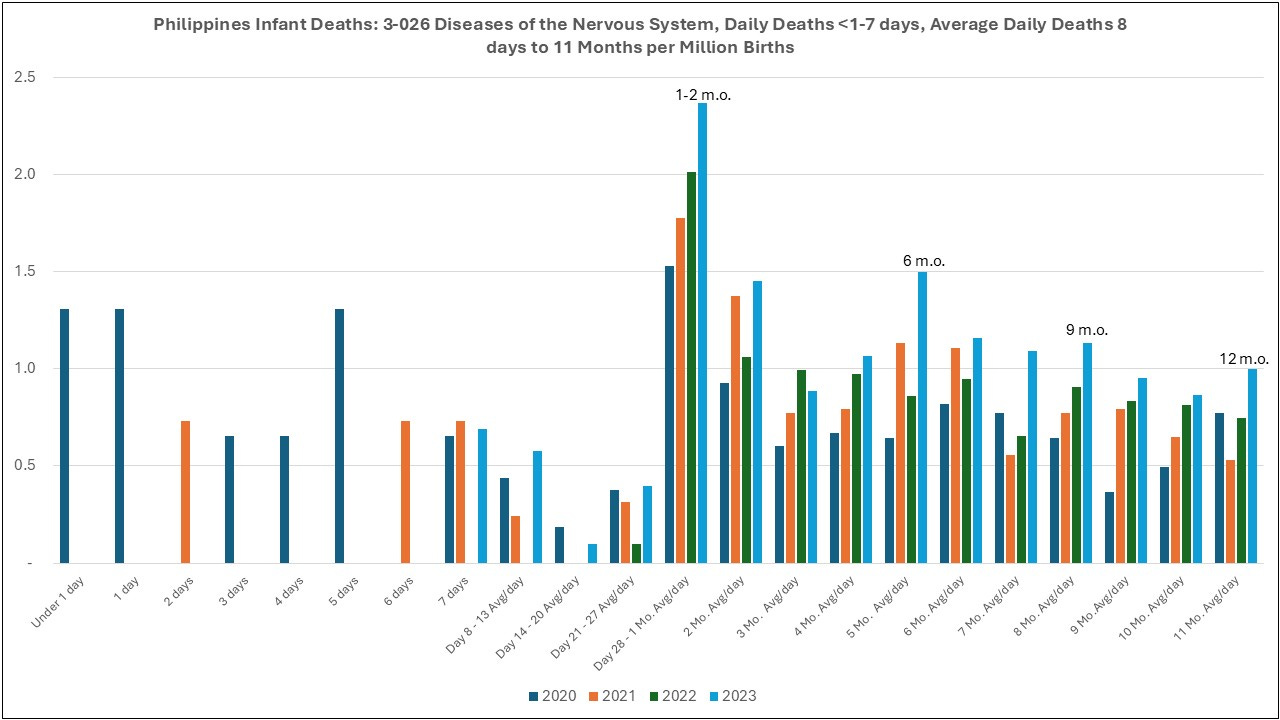
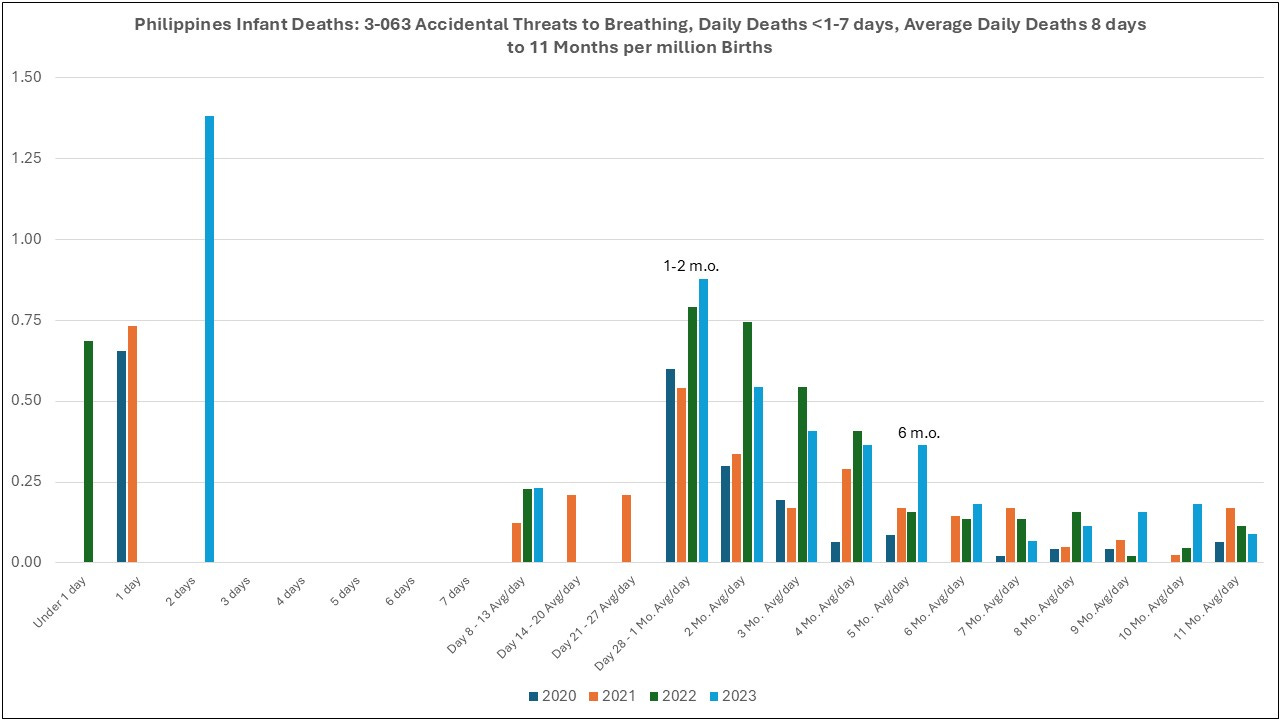

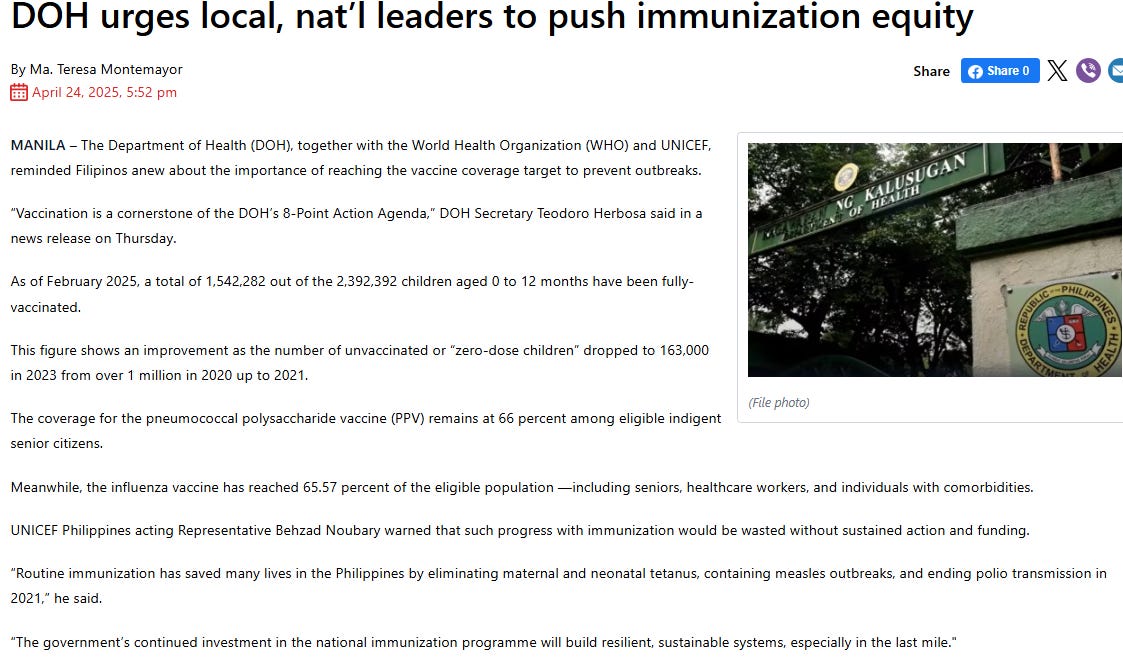

In the light of day, after a very late and rough night (I was quite sick while writing last night - literally, and not just in the face of this horrific data - self-treating and will be ok) I updated the report to include some annual infant death data to give a context of infant death patterns.
We must not forget if 2000 children died from an external assault, then there must be magnitudes more who are harmed, but not to the point of being killed.
Please share this. I hope that people working in the medical and legislative areas, and with churches would be concerned by this data (why aren't the government looking critically at their own data?!?) and would push for investigation.
PSA didn't publish this type of date earlier than 2020, so I can't see the death breakdown before 2020. This data would be needed via a FOI request - if they would respond.